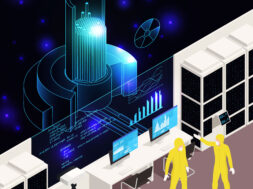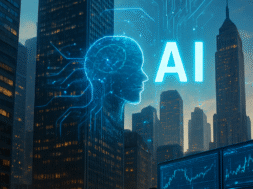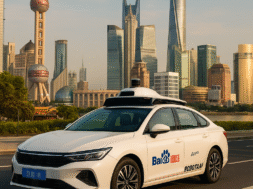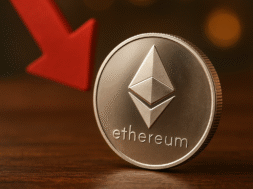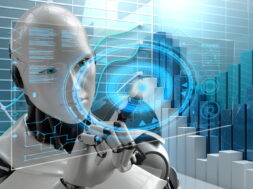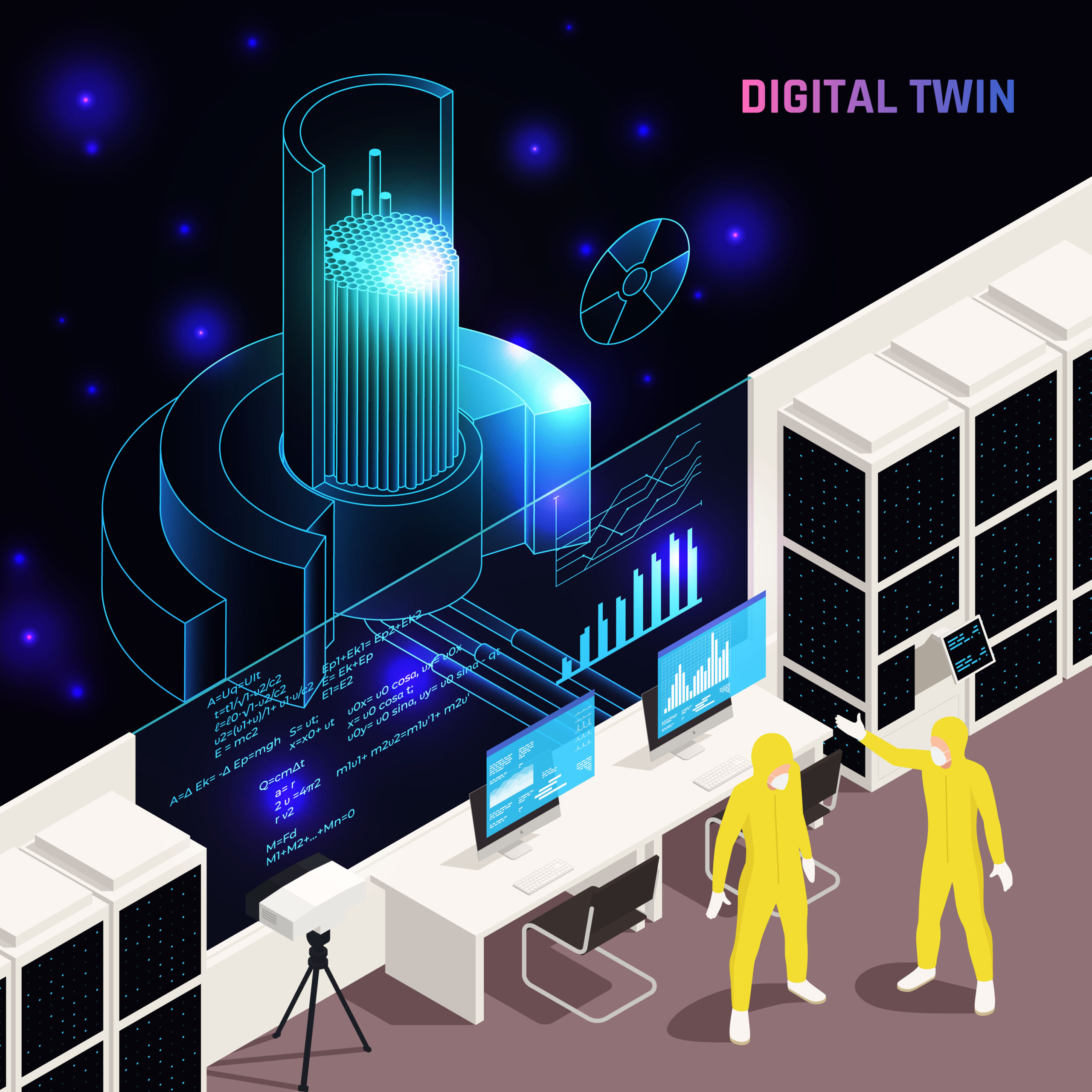
Unlocking Innovation with Digital Twin Technology
Companies and industries are always looking for innovative methods to improve productivity, efficiency, and decision-making in the quick-paced, ever-evolving digital environment. One such revolutionary technology that has emerged to meet these aspirations is digital twin technology. This article explores the concept of digital twins, their uses, and how disruptive they may be for many different businesses, all within the context of the latest developments in new technology news.
Announcing the Technology of Digital Twins
Digital twin technology creates a virtual clone or digital duplicate of a real object, process, or system. It is not only a 3D model; it incorporates simulations and real-time data to resemble the corresponding real-world system closely. By monitoring, analyzing, and optimizing their physical assets and processes, businesses may better understand their behavior with the help of this virtual representation.
Digital Twin Principles
- Physical Entity: The foundation for the digital equivalent is the physical object, which may be any kind of machine, product, building, or even a whole city.
- Digital Representation: The digital twin is created using high-fidelity 3D models and is continuously updated with information from sensors, Internet of Things (IoT) devices, and other sources.
- Real-time Data Integration: Sensors and data streams continuously provide information on the condition, functionality, and surroundings of the physical thing. This data is necessary to maintain synchronization between the digital and physical twins.
- Analytics and Simulation: Decision-makers may prepare for changes or address issues before they arise by using sophisticated analytics and simulation tools to assess real-time data and predict future behavior.
- Interaction: By utilizing the digital twin, users may get knowledge, decide wisely, and streamline processes.
Uses Across a Range of Industries
There are several uses for digital twin technology across numerous industries:
- Manufacturing: To predict maintenance needs, improve production processes, and monitor equipment performance, manufacturers utilize digital twins. This boosts overall efficiency and reduces downtime.
- Healthcare: In order to customize treatment regimens, digital twins in the medical field can mimic patient data. They also facilitate the expeditious creation of new drugs and enable real-time medical equipment monitoring.
- Smart Cities: Urban planners can optimize energy consumption, transportation, and infrastructure with the help of city digital twins. They can be used to raise people’s standard of living and increase public safety.
- Aerospace: To enhance design, maintenance, and safety, the aerospace sector uses digital twins to replicate aircraft components and their performance.
- Energy: Digital twins help the energy industry monitor power plants, anticipate equipment breakdowns, and optimize energy distribution networks to cut costs and waste.
- Construction: Digital twins reduce delays and cost overruns in the construction industry by helping with project management, design validation, and resource allocation.
Digital Twin Technology Benefits
- Enhanced Decision-Making: Data-driven judgments are made possible by real-time data and simulations, which lower risks and produce better results.
- Cost Savings: By streamlining resources and procedures, downtime is decreased, productivity is increased, and eventually,, costs are lowered.
- Improved Maintenance: Digital twins enable predictive maintenance, which lowers unscheduled downtime and increases equipment longevity.
- Invention Acceleration: The invention cycle is accelerated by the capacity to test and improve concepts in a digital setting.
- Environmental Sustainability: Digital twins support sustainable practices by cutting waste and increasing resource efficiency.
Difficulties and Hopes for the Future
Digital twin technology has many benefits, but there are drawbacks as well. Accurate simulation development and real-time data integration can be difficult and expensive tasks. Cyber dangers and security issues pertaining to data privacy need to be taken into consideration.
Digital twin technology is expected to develop further in the future. This technology has the potential to transform processes and promote sustainability, and this is becoming more and more clear as more sectors use it. The limits of what may be represented as a digital twin will grow as technology develops and becomes more widely available in the new technology news, providing new chances for companies and sectors to maximize their operations.
To sum up, digital twin technology is revolutionary in the digital age because it enables businesses to build virtual versions of real-world entities and use simulations and real-time data to streamline operations. Applications for it may be found in many different industries, and they provide advantages,, including better decision-making, lower costs, better upkeep, and environmental sustainability. In the years to come, this technology promises to open up even more creative possibilities for companies and sectors as it develops.
